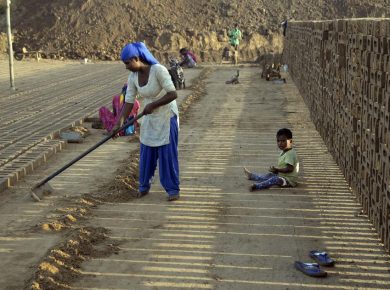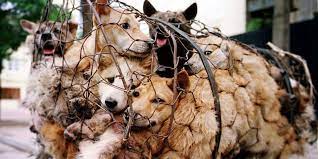
By BEL JACOBS with additional research and reporting by LOUISE POMFRETT
Between environmental catastrophe and political upheaval, the world feels like a dangerous place. And for those of us who aren’t policymakers or campaigners, it feels hard to help. Changing the way we buy things is great – and it’s important – but given the enormity of what we face, it can feel like nibbling the side of a leviathan. But making a difference is possible an, as more and more people are discovering, the guidelines are there in front of us. Welcome to the Sustainable Development Goals, set in place by the UN in 2015 and offering a genuine blueprint for a better world.
The world has moved on from a time when the notion of Development Goals was a bit of a snore fest. Whether you’re a business or an individual trying to their bit for planet and people, the SDGs directly address the seemingly desperate global challenges that flood our consciousness every day: poverty, inequality, environmental degradation, and peace.
But these aren’t pat responses to entrenched problems. The SDGs are far more perceptive and more sensitive than you’d expect any international document to be, highlighting the values we need to achieve a sustainable world such as partnership, a focus on the weakest members in society (including women and children in poorer countries) and the role of youth in effecting change.
And, despite a riotously over-optimistic deadline for achievement set for 2030, the goals are also practical. Time and again, more (and more equitable) investment is called for – towards infrastructure, research and the development of technological answers in countries that are struggling with war, poverty and the effects of climate change.
Sabine Harnau of From Scratch is an Amsterdam-based messaging strategist helping SDG-driven brands tell their stories. For her, the SDGs can help guide and inform the ethics and practices of companies who are thinking about their impact on the planet.
“Finding ways to make a difference can be overwhelming,” she says. “Because, how do you choose? Which cause lends itself to becoming part of a team’s DNA — the way you do things — rather than a mere appendix? This is where the SDGs are a useful compass.”
Rather than calling for a firm standard such as CiCs, Fair Trade or B Corps, the SDGs provide a more open framework. “This makes them accessible to all organisations who want to do some good in the world, no matter how mature their plans are, and no matter how adept they are at measuring impact,” points out Harnau.
How a company adopts an SDG in their work is up to them. “Some companies will run big CSR projects tied to a single SDG; others will donate part of their revenue to SDG-related charities. Yet others are built around a product that’s deeply connected to one of the goals.
“For example, a company selling ethical fashion may choose to associate with SDG 12 (Responsible Production & Consumption). A coffee roaster specialising in shade-grown coffee might choose SDGs 13 (Climate Action) and 15 (Life on Land). I relate my own work to SDG 4 (Quality Education) via my volunteering with English Academy for Newcomers, a Dutch NGO teaching English to refugees.”
Businesses in the UK still have a way to go before the SDGs becomes common parlance. “When I moved countries this year, I got the impression that organisations tend to be much more SDG-aware here in the Netherlands than in the UK,” says Harnau who is currently based in Amsterdam. “My UK clients were less likely to actively refer to the SDGs and how their work contributes to them.”
That may change. Millennials – the great hope of the future, and the bearers of burdens as yet unseen – are a key part of the SDGs. “Because we know that they are purpose-driven people,” Harnau explains. “They like to buy from companies that have a strong WHY at their core. SDGs can serve as a powerful signal to them that the company in question is aligned with those values.”
Horn is a member of Impact Hub Amsterdam – in SDG House – where each member states which SDGs they’re working towards as part of their membership application. “We can attend monthly SDG meet-ups. Many startups I meet have built their entire business around one or more SDGs. This makes me hopeful: both for the future of humanity, and for the future of those startups.”
If you’re new to SDGs, the best thing to do is to link the goals to your existing practices; you may be doing far more than you think you are. “If we’re to make the world a good place to live in, we need everyone’s skills, connections and drive,” says Harnau.
Read more at the United Nations and at the United Nations Development Plan: https://www.un.org/sustainabledevelopment/ and http://www.undp.org/content/undp/en/home/sustainable-development-goals.html
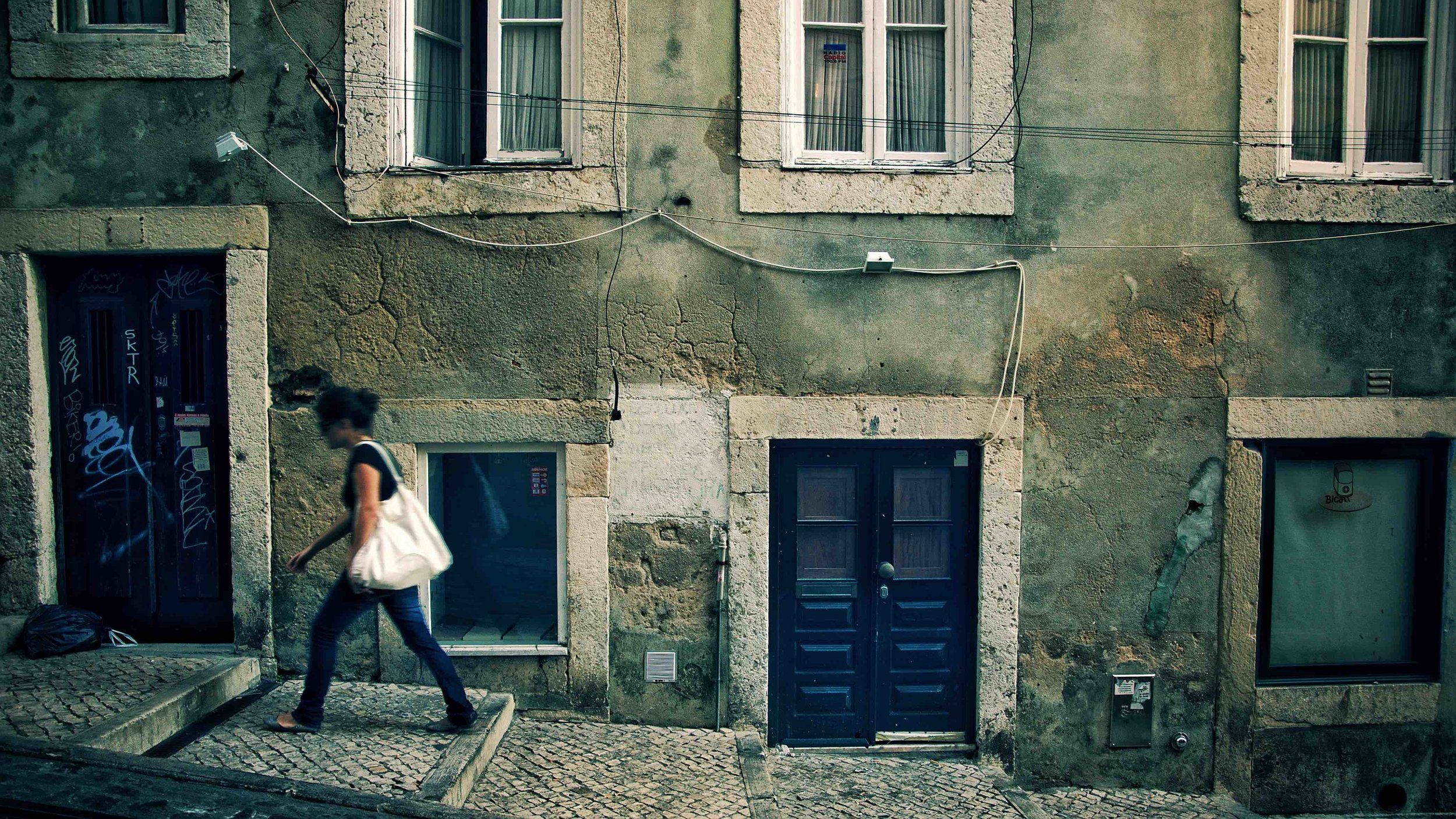
Goal 1: No Poverty. One in ten in developing regions are still living with families on less than the international poverty line of US$1.90 a day, and millions more make little more than this daily amount. Poverty can appear in many forms: from malnutrition to limited access to education to social discrimination. Economic growth has to be inclusive to provide sustainable jobs which promote equality.
How you can help: Donate what you don’t use; 836 million people in extreme poverty. Increase awareness of the effects of poverty and think about ways you can, in your local community, come up with solutions.
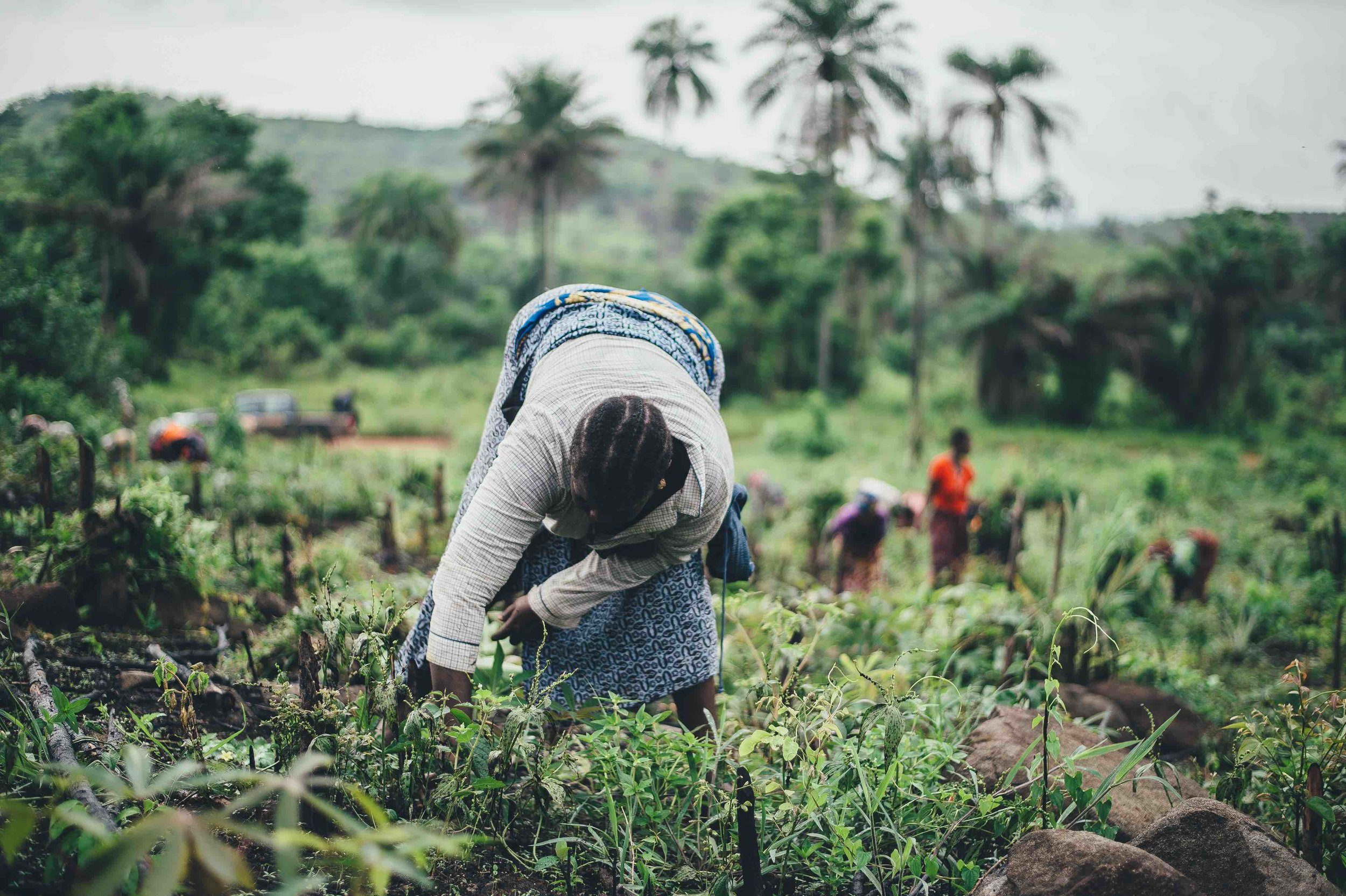
Goal 2: Zero Hunger. We need to rethink how we grow and consume food worldwide. If done right, agriculture can provide enough food for all but our lands and oceans are under threat and many rural people can no longer make ends. The effects of climate change poses further challenges where risks associated with disasters such as drought and floods are increased. A similar theme across all the goals is the proposal for tackling this: significant investments, in this case to increase the capacity for sustainable food production.
How you can help: Avoid throwing away food; a third of the world’s food currently goes to waste. Support local farmers or markets and make sustainable food choices, supporting good nutrition for all.
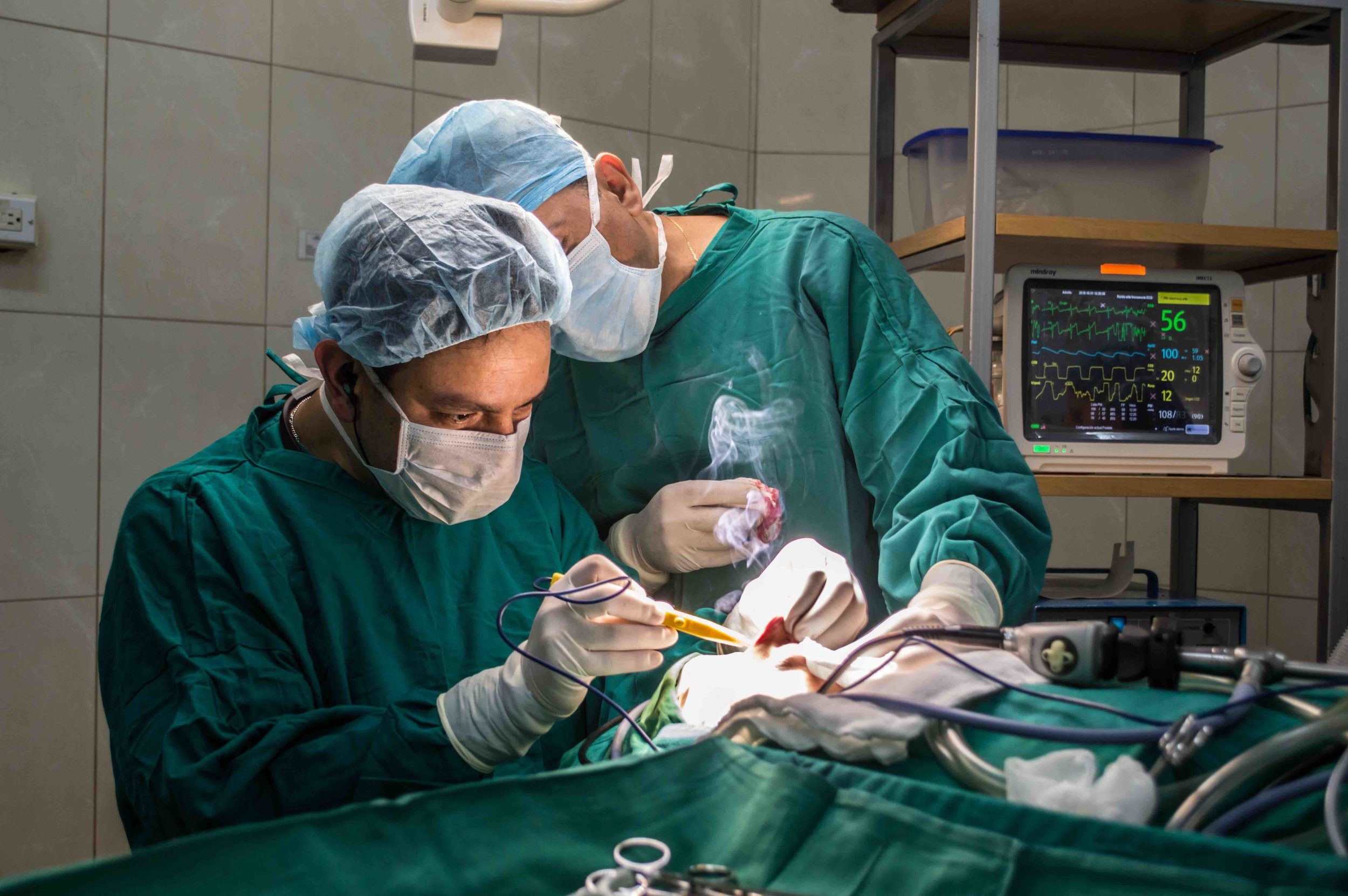
Goal 3: Good Health and Wellbeing. Ensuring healthy lives and promoting the well-being at all ages are essential to sustainable development. More than 6 million children die before their fifth birthday every year; 16,000 die each day from preventable disease. Prevention and treatment, education, immunization and sexual and reproductive healthcare can help avoid these deaths. Goal 4 aims to achieve universal health coverage.
How you can help: Promote and protect your own health and the health of those around you, by making well-informed choices. Raise awareness in your community about the importance of good health, healthy lifestyles as well as people’s right to quality health care services.
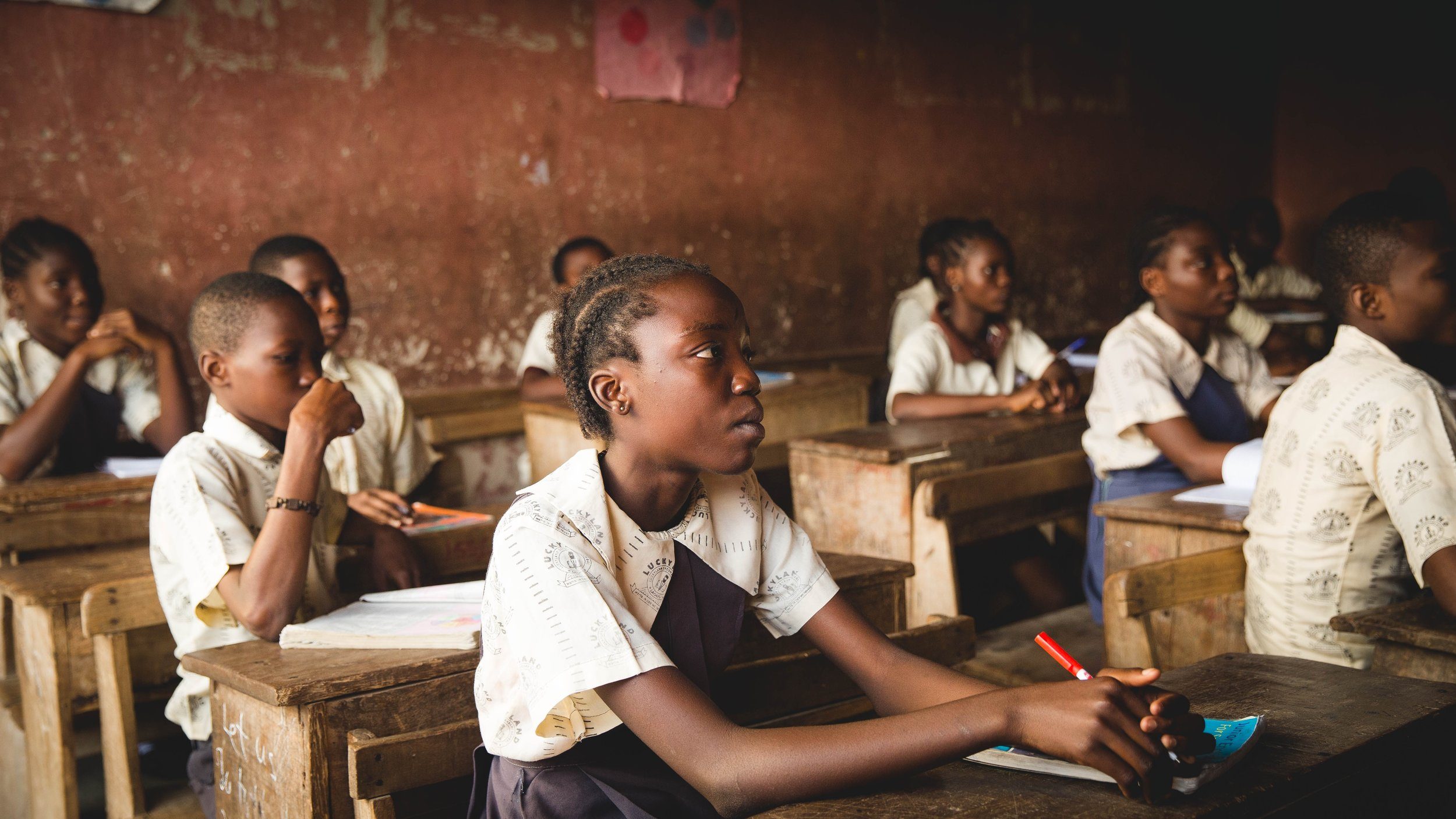
Goal 4: Quality Education. Education is the foundation of sustainable development. All levels are important here, as few countries have achieved equality in education between boys and girls. Progress has also been tough in some regions due to high levels of poverty, armed conflicts and emergencies. Scholarships, teacher training and improvements to water and electricity in schools are requirements for achieving this goal.
How you can help: Help children in your community to read. Ask governments to make education, including free primary school education, a priority and encourage the private sector to invest in the development of tools and facilities.
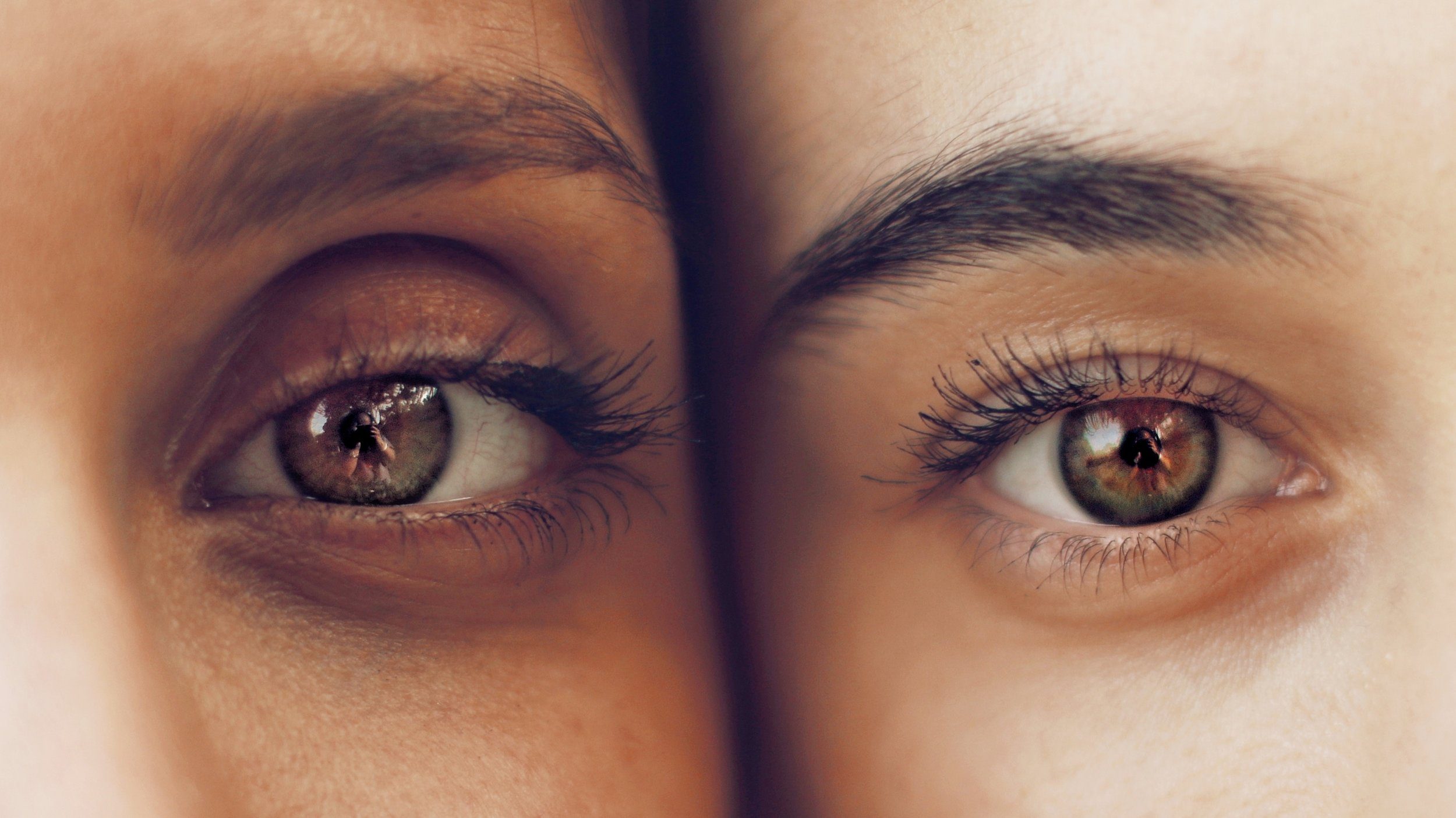
Goal 5: Gender Equality. Ending all forms of discrimination against women and girls is not only a basic human right, it is also crucial to accelerating sustainable development. In every part of the world, women and girls still suffer discrimination. New legal frameworks are important tools for ending gender based discrimination. Equal opportunities including representation in politics and decision-making processes will benefit everyone.
How you can help: Call out sexist behaviour and language. Help empower female classmates and colleagues and fight for your right to access sexual and reproductive health services. Fund campaigns to change laws that limit women and girls.

Goal 6: Clean Water and Sanitation. Water scarcity affects more than 40 percent of people around the world, an alarming figure that is projected to increase with the rise of global temperatures as a result of climate change. To tackle this, Goal 6 proposes the crucial need for local level investments in adequate infracstructure and the management of freshwater ecosystems and sanitation facilities.
How you can help: Avoid wasting water. Civil society organisations should work to keep government accountable, invest in water research and development and promote the inclusion of women, youth and indigenous groups in water resources governance.
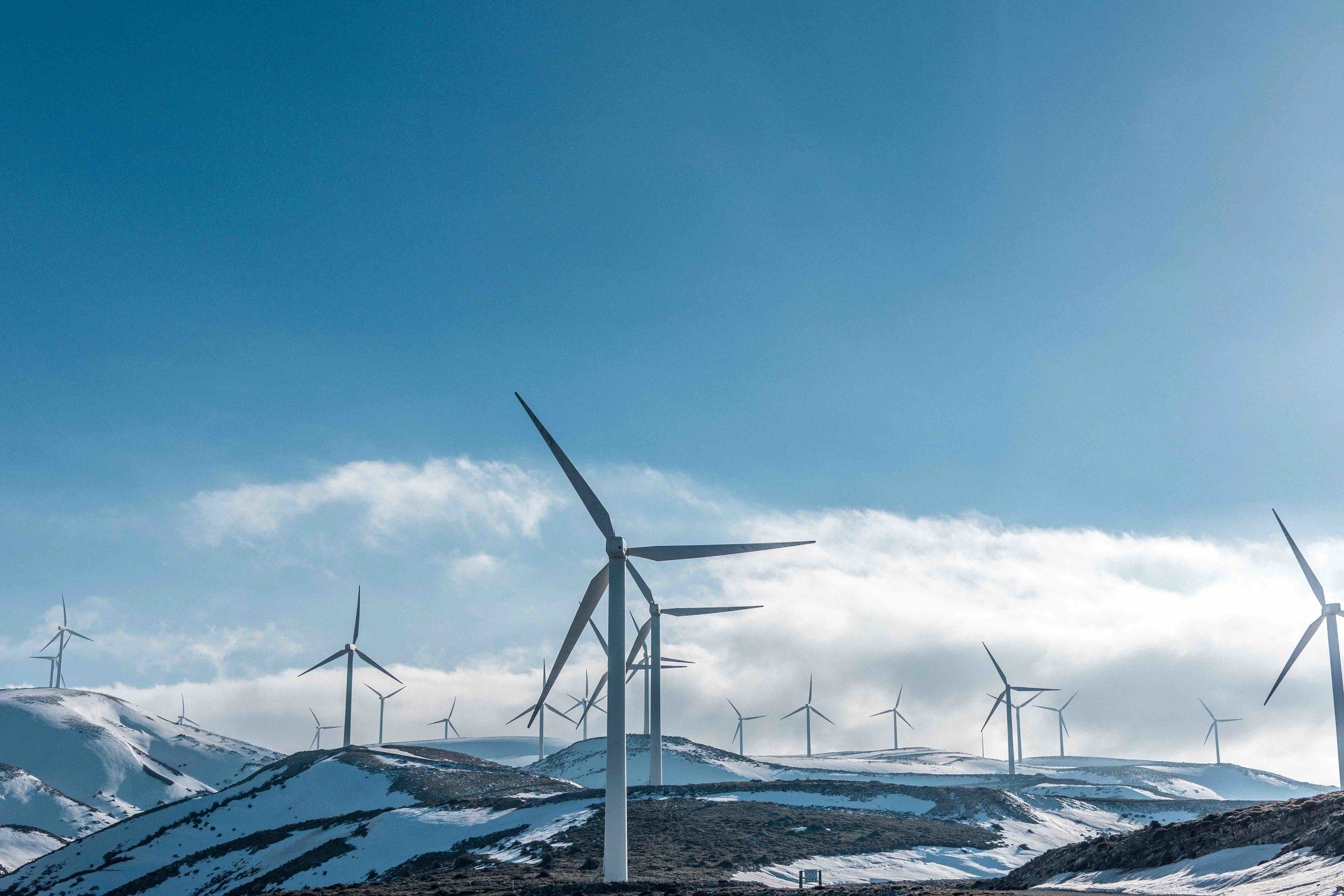
Goal 7: Affordable and Clean Energy. Aiming to ensure access to affordable, reliable and sustainable sources of energy means investing in clean energy sources such as solar, wind and thermal. Goal 7 recognises that energy is a necessity for overcoming challenges for jobs, climate change and food production. It focuses on the integration of renewable energy into the building, transport and industry sectors.
How you can help: Use only energy efficient appliances and light bulbs. Try a sustainable energy supplier. Turn appliances off completely when not in use and bike, walk or take public transport to reduce carbon emissions.
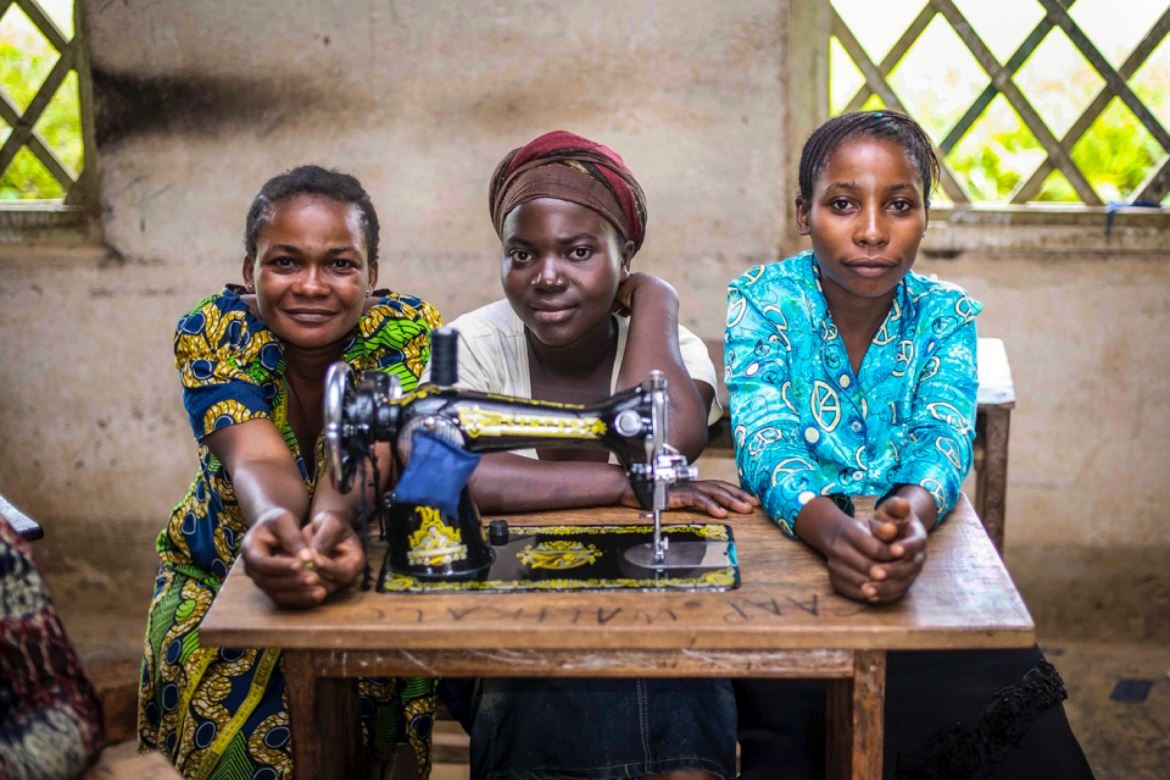
Goal 8: Decent Work and Economic Growth. Roughly half the world’s population still lives on the equivalent of about US$2 a day. A continued lack of decent work opportunities leads to an erosion of the basic social contract underlying democratic societies: that all must share in progress.Goal 8 recognises the need to redesign economic and social policies to support sustainable economic growth as well as continued commitments to trade and banking infrastructure in the world’s poorest regions.
How you can help: Buy from green companies that are equal opportunity employers. Giving young people the chance to move to decent jobs calls for investment in education and training; help where you can.
![]()
Goal 9: Industry, Innovation and infrastructure. Investments in infrastructure – transport, irrigation, energy and information and communication technology – are crucial to achieving sustainable development and empowering communities. Without this goal, many of the previous goals such as energy efficiency and health and education and all environmental objectives would struggle to be met.
How you can help: Think of new ways to repurpose old materials. Think about how industry impacts on your life and well-being and use social media to push for policymakers to prioritize the SDGs.
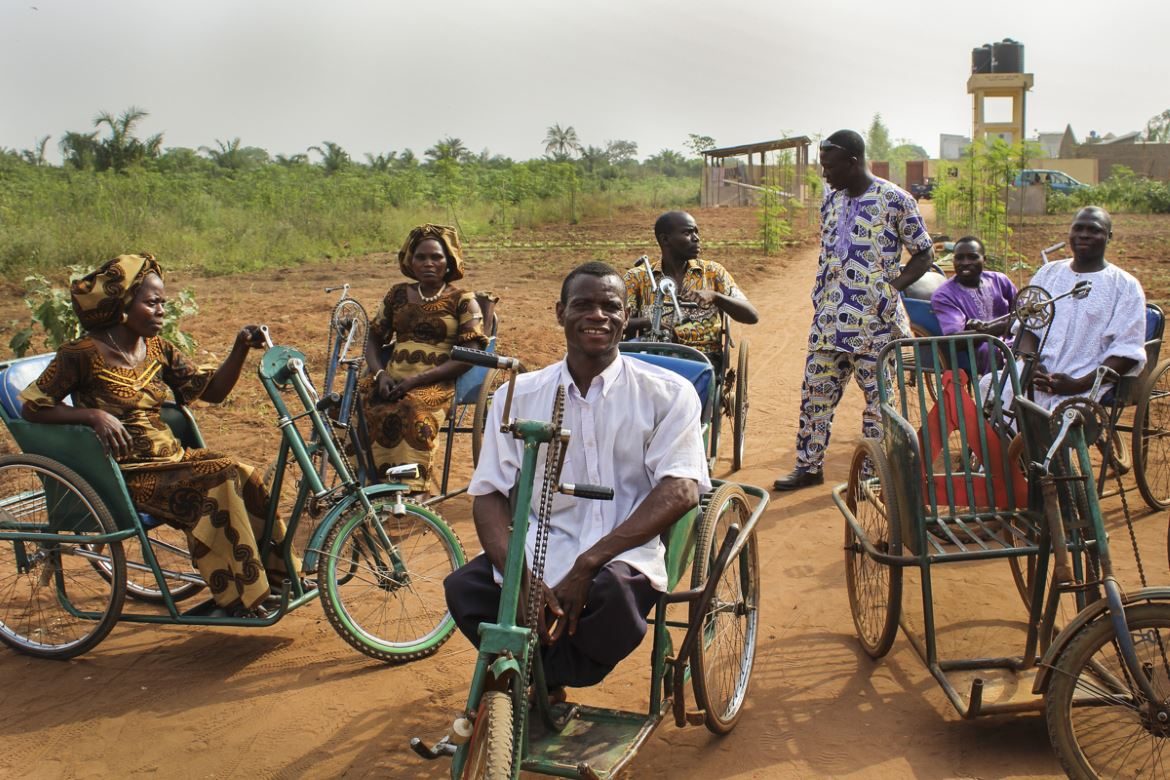
Goal 10: Reduced Inequalities. In many societies, inequalities remain entrenched, especially in relation to access to health and education services. Economic growth will not reduce poverty if it is not inclusive. Huge changes are needed in the political world to achieve Goal 10, including the favouring of exports from developing countries and increasing the share of their vote within the IMF.
How you can help: Raise your voice against discrimination. Support safe, responsible migration, including through planned policies, for the millions who have left their homes seeking better lives due to war, discrimination, poverty and lack of opportunity.

Goal 11: Sustainable Cities and Communities. More than half the world’s population now live in cities. Extreme poverty is often concentrated in urban spaces, and governments struggle to accommodate rising populations. Goal 11 aims to create a future where cities provide opportunities for everyone to develop both socially and economically, and which become hubs for culture, productivity, commerce – and much more!
How you can help: Take an active interest in the governance and management of your city. Develop a vision for your building, street, and neighbourhood, and advocate for the city you want.
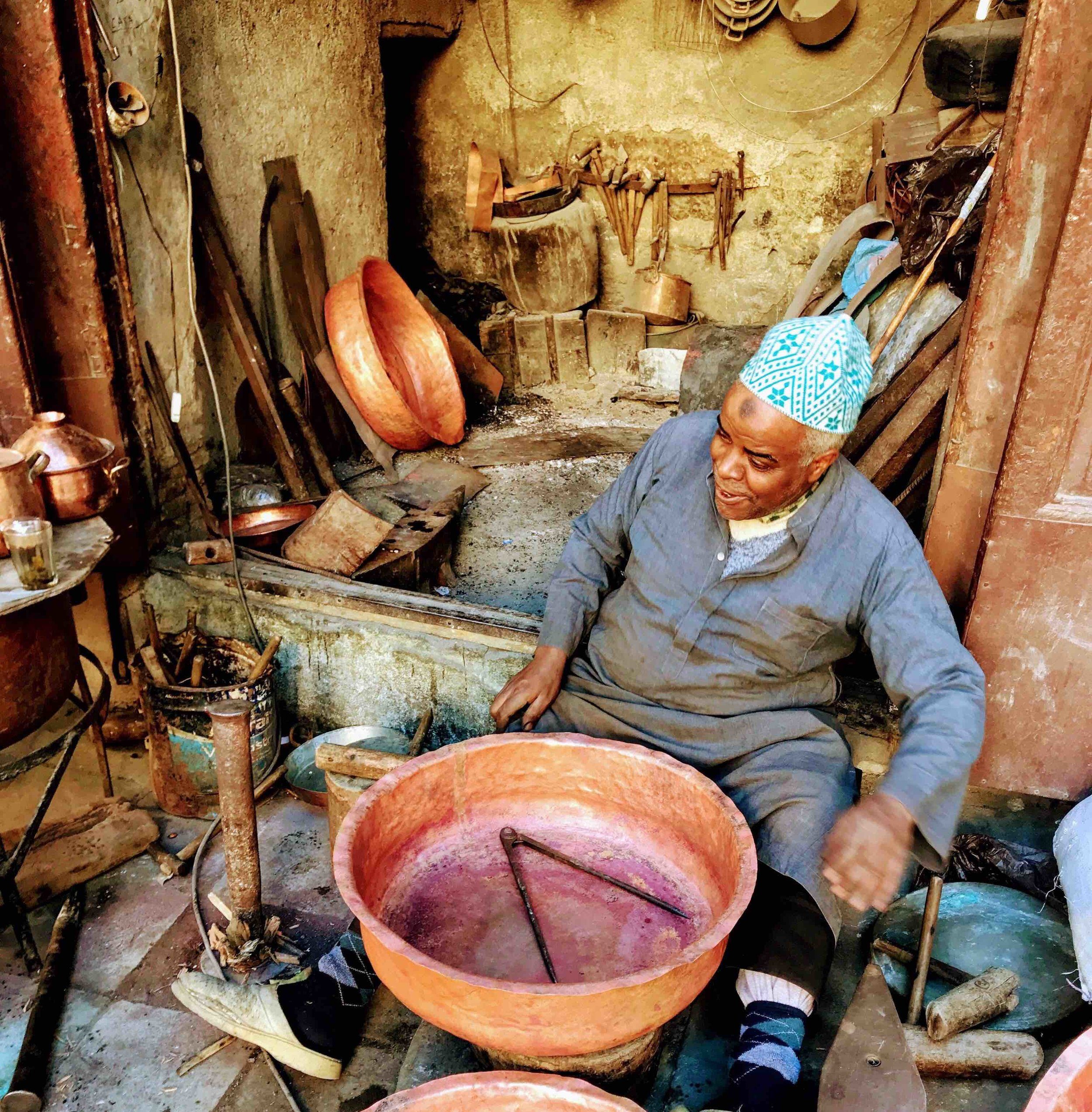
Goal 12: Responsible Consumption and Production. We urgently need to reduce our ecological footprint by changing the way we produce and consume goods and resources. One big question: how will we achieve this? A key focus will be on supply chain transparency and educating consumers about sustainable consumption lifestyles through new standards and product labelling.
How you can help: Reduce waste and be thoughtful about what you buy, choosing sustainable options where possible. Recycle paper, plastic, glass and aluminium. If you’re a business, look for ways to help customers lead more sustainable lives.

Goal 13: Climate Action. Climate change affects every continent, with greenhouse gas emissions now at their highest levels in history. This has resulted in more extreme weather patterns and rising sea levels. The goal aims to mobilize $100 billion annually by 2020 to address the needs of developing countries and help mitigate climate-related disasters and to coordinate climate change solutions at the international level.
How you can help: Educate young people on climate change. Choose a renewable energy supplier. Offset your carbon emissions! Calculate your carbon footprint and purchase climate credits from Climate Neutral Now.

Goal 14: Life Below Water. The world’s oceans are vital for life as they regulate weather systems and provide drinking water, food and even oxygen. Marine pollution, an overwhelming majority of which comes from land-based sources, is reaching alarming levels. Goal 14 aims to manage marine and protect marine ecosystems from acidification, overfishing and marine pollution by enhancing conservation and sustainable use.
How you can help: Make ocean-friendly choices when buying products or eating food derived from oceans. Avoid plastic to keep the oceans safe and clean and reduce energy consumption to address ocean acidification.

Goal 15: Life on Land. Plant life provides food and shelter; forest, importantly, are a means to combatting climate change. Today we are seeing unprecedented land degradation, and the loss of arable land at 30 to 35 times the historical rate. Drought and desertification is also on the rise each year. The SDGs aim to conserve and protect terrestrial ecosystems and ensure resources are used in an equitable manner.
How you can help: Eat a locally-based diet that is sustainably sourced, consuming only what we need. Conserve energy. Only take part in ecotourism opportunities that are responsibly and ethically run in order to prevent wildlife disturbance.
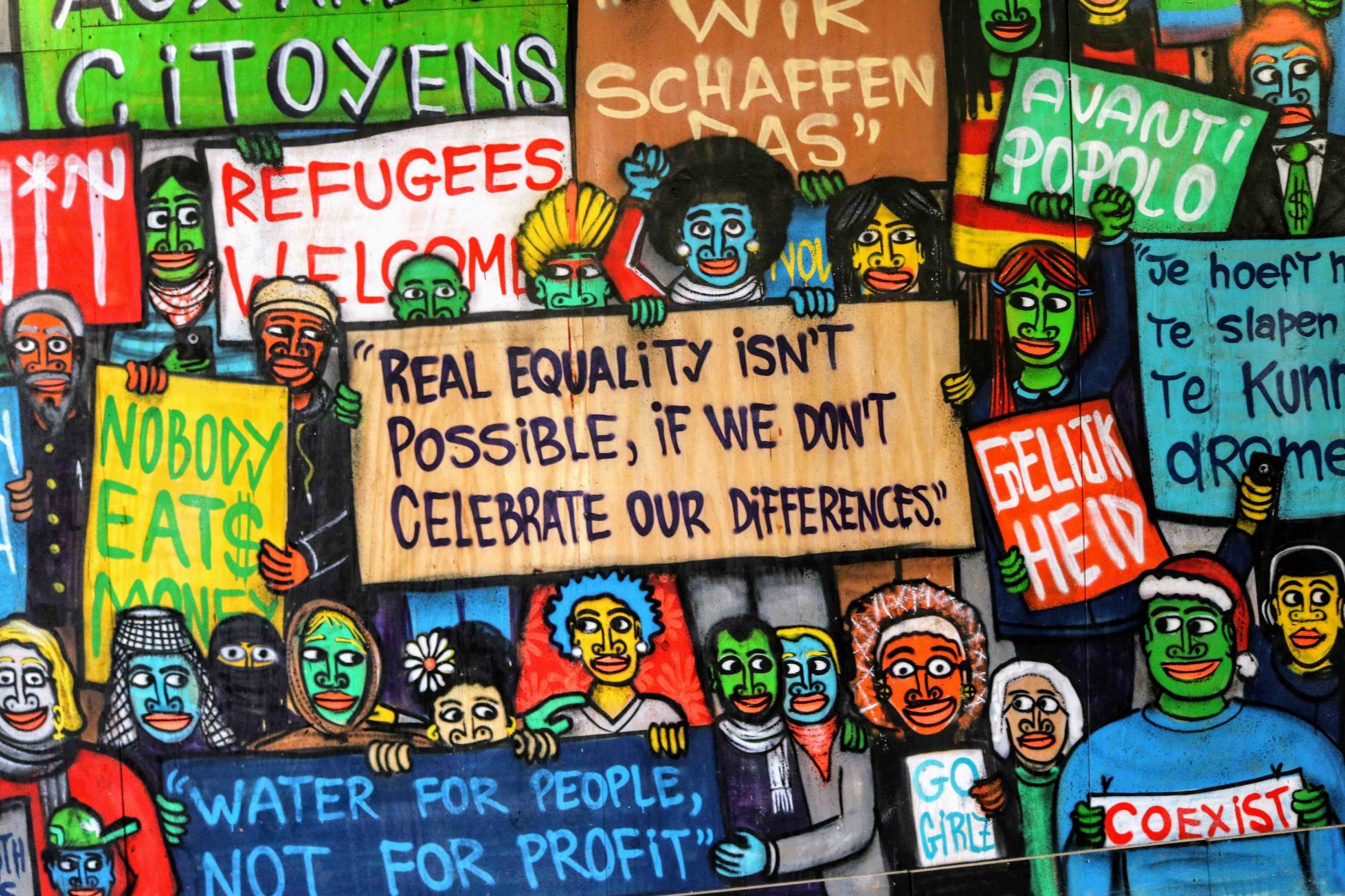
Goal 16: Peace, Justice and Strong Institutions. Without peace, stability, human rights and effective governance, we cannot hope for sustainable development. However, violence continues, as under-reporting and lack of data aggravate the problem. We need to build a more peaceful, inclusive society through efficient and transparent regulations and the creation of independent national human rights institutions.
How you can help: Use your right to let the leaders in your country and local community. Take a genuine interest in what your government is doing. Raise awareness in your community about the realities of violence and the importance of peaceful societies.
Goal 17: Partnership for the Goals. Combining all of the goals, 17 recognises the importance of a partnership between governments, the private sector and civil society to achieve true sustainable development. Long term investments are vital to this, especially to support developing nations to achieve the goals. Inclusive partnerships need to build upon shared core values and principles, and the consensus that both people and the planet are at the centre of sustainable development.
How you can help: Join/create a group in your local community that seeks to mobilize action on the implemen tation of the SDGs. Get the SDGs in Action app to learn about he Goals and ways to help achieve them. SDGSinaction.com
Find out more:
https://www.un.org/sustainabledevelopment/sustainable-development-goals/
http://www.undp.org/content/undp/en/home/sustainable-development-goals.html





